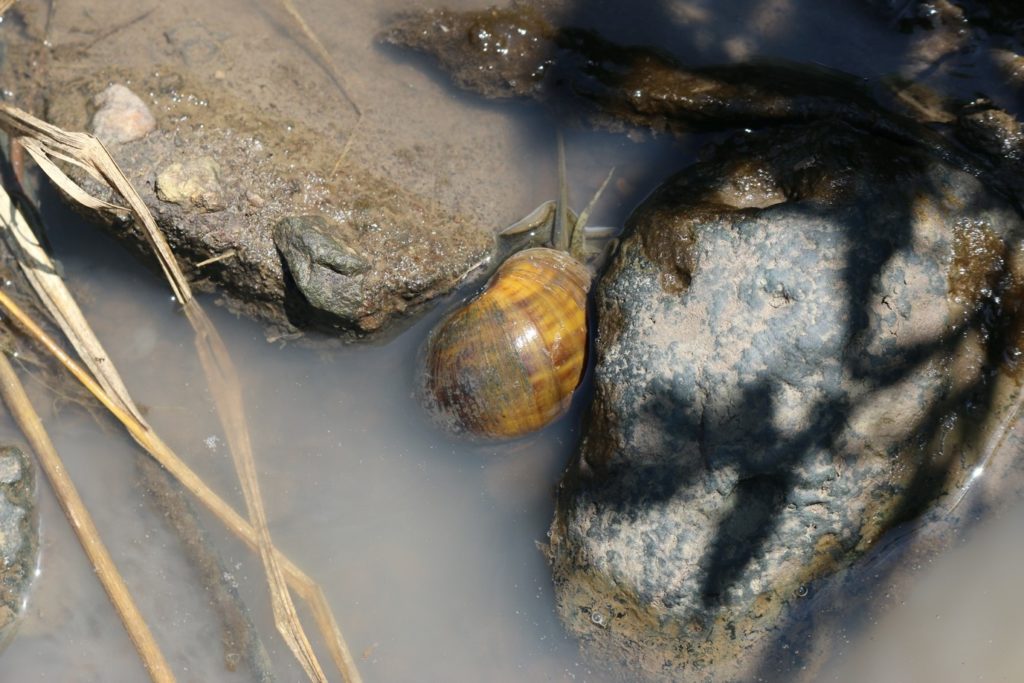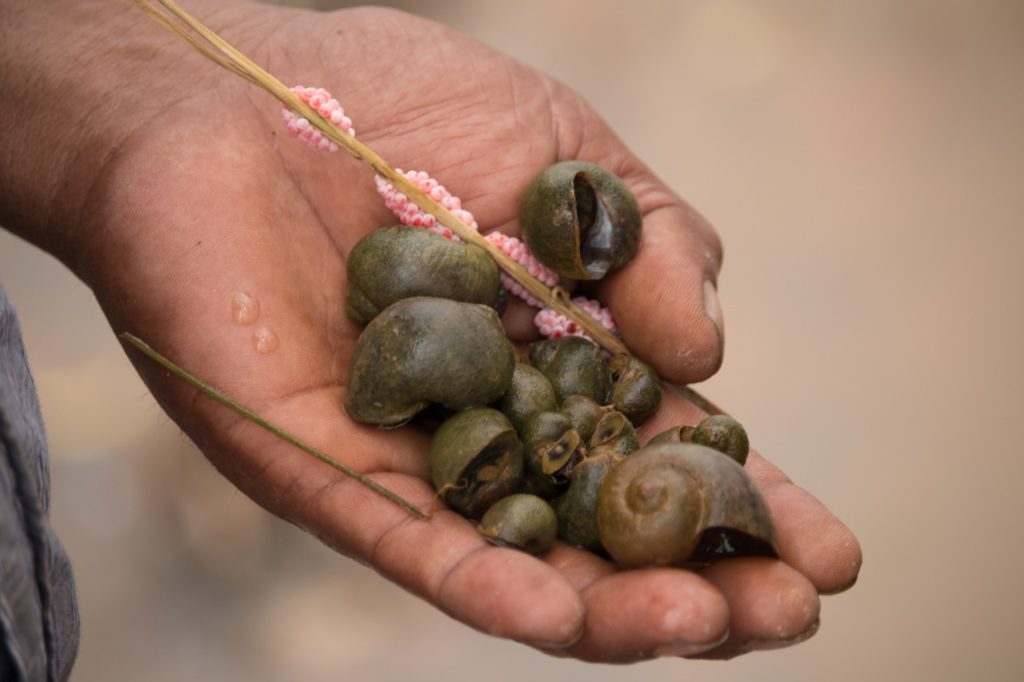What makes invasive apple snail the worst invasive invertebrate of waterways?
This article was originally published on CABI Digital Library Overview: What is the invasive apple snail? The invasive apple snail is a large freshwater snail with a large variation in shell colour. This species is in the ‘top 100 worst invasive species’, and is possibly the most damaging aquatic snail, spreading via canals, rivers and…
The life cycle of the invasive apple snail
The Life cycle of the invasive apple snail and its ability to grow and reproduce quickly makes it an incredibly successful invasive species. Invasive apple snail, Pomacea canaliculate, is widely considered one of the most invasive invertebrates of waterways and irrigation systems. The snails are able to spread through irrigation canals, natural water distribution pathways,…
Invasive snails: 4 species leaving a trail of destruction
Invasive snails are some of the most damaging invasive species in the world. In invaded regions, they pose a threat to the environment, the economy, and in some cases, human health. Find out more about four of these invasive snails, including their native region, how they became established in invaded areas and the threat they…
Apple snail: The threat and potential economic impacts on East Africa
Earlier this year, scientists from CABI and the Kenya Plant Health Inspectorate Service (KEPHIS) published new research confirming that the apple snail, Pomacea canaliculata, had been discovered in Kenya for the first time. Widely considered to be one of the most invasive invertebrates of waterways and irrigation systems, the apple snail threatens Kenya’s rice production…
CABI DNA identification confirms discovery of highly invasive apple snail in Kenya
A highly invasive apple snail (Pomacea canaliculata) has been discovered in Kenya for the first time. This is what new research published today by CABI scientists and the Kenya Plant Health Inspectorate Service (KEPHIS) confirms.





